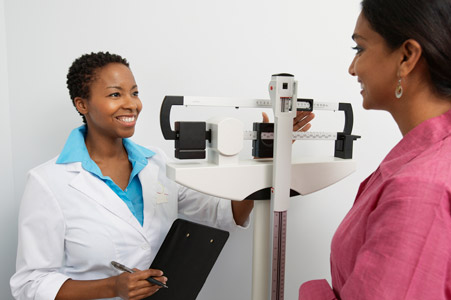


Understanding Your Medical Bills
If you’ve seen a doctor, dentist, or other healthcare professional, you’ve likely received a medical bill via email or mail. These bills, which are different from the Explanation of Benefits that you may receive, can be confusing to understand.
Let’s break down some of the items you’re likely to see on your medical bills and what they mean.
The Layout of Medical Bills
While there might be slight differences from provider to provider or within different types of insurance plans, most medical bills will look something like this:

A. Your Information: You should always verify that your personal information, or the information of your dependant, is correct.
B. Your Account Number: If your provider or facility assigns you a patient or account number, you can usually find this at the top of your bill.
C. The Invoice Number: At the top of your bill, typically above the statement of charges, you will find an invoice number. This is the number assigned to this particular bill for tracking purposes. Keep this handy should you have any questions or concerns about your bill.
D. Statement Date: This date listed is the date that the bill was entered and sent off.
E. List of Services: An itemized list of services performed and a description of each should be listed on your bill. Review these closely for errors.
F. Date of Service: With each itemized service performed a date should be listed.
G. Payment Instructions: The location of details about how to pay your bills can be found in various places on your bill, but it’s likely near the final total owed.
H. Your Provider and Their Address: The provider who the bill came from should be listed on the bill. If you cannot find a provider or are unfamiliar with the provider listed, proceed with caution and call your usual provider to ask about it.
I. Total Costs of Services/ Supplies: You should see the total billed by your provider to your insurance near the itemized services and supplies.
J. Adjustments: If your provider subtracted any amount off of your bill (a credit, sale, or discount) it will be reflected on your bill.
K. Insurance Payment: This is the amount your insurance has paid or is expected to pay toward the service or supplies.
L. Patient Payment: Any amount you’ve already paid, such as a copayment, will be reflected on your bill.
M. Balance Due: After the above credits are subtracted, you should see your final total which needs to be paid at the bottom of your bill.
If you have any questions about your bill, be sure to reach out to your provider’s office.
The information on this site is for informational purposes only and should not replace direct medical advice, diagnosis, or treatment from your doctor or another qualified healthcare provider.
Sources:
“How to read your medical bill.” Centers for Medicare & Medicaid Services.



















.jpg)





















.jpg)

















.jpg)


























.jpg)
.jpg)
.jpg)













